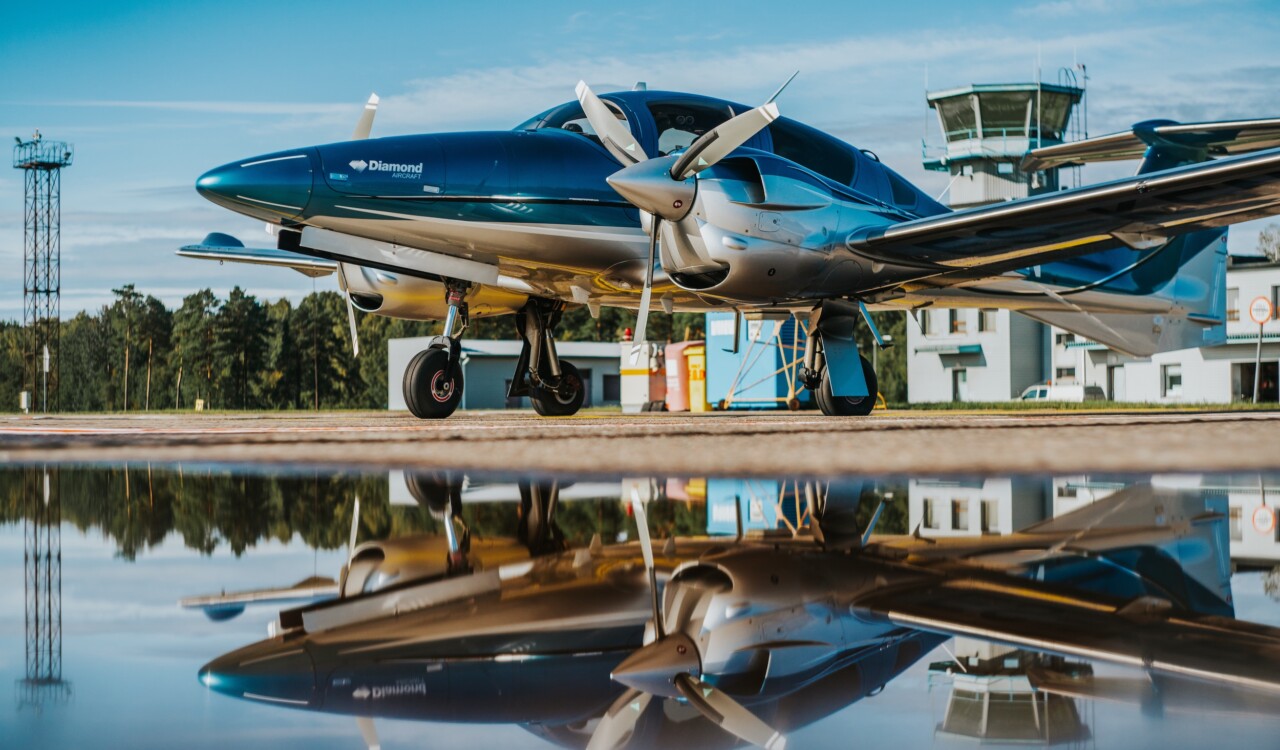In this newsletter, we felt the need to pause and take a look at where we are at. There has been a lot of development over the past two years within the aviation industry. Some of these are overwhelmingly good, some overwhelmingly bad and some just fall right smack in the middle. Ever since the lockdowns brought on by the COVID-19 pandemic the aviation industry has had its struggles. However, we see today that some of these challenges have somewhat worked themselves out. That being said, there are still challenges ahead that are being brought on by other factors outside of the remnants of effects from the COVID-19 pandemic lockdowns.
Key Takeaways:
- The pandemic-induced lockdowns had been difficult for some segments of the aviation industry.
- The aviation industry bounced back from the pandemic-induced lockdowns but had challenges because of certain factors.
- The good times in the aviation industry and particular segments may not last for long due to other factors such as inflation and the economy.
In this article, We will spend some time talking about some of the recent developments, shedding some light on what’s been happening in the industry across the board in a more general sense, giving the reader some insights into how things are and possibly where things might be heading.
The fallout from the lockdowns as a result of the pandemic
The aviation industry indeed struggled to get back on its feet after the lockdowns that were brought on by the pandemic. The airlines got some financial support during the tough times and were able to weather the storm. We saw where the general aviation sector counterintuitively got a boost when the airlines were not allowed to carry as many passengers. Today as it stands things in the general aviation space seem to be back to normal but there may still be trouble ahead.
Post lockdown effects
There are a couple of things that happen as a result of the lockdown that manifest themselves after the lockdowns and things start to open back up. We saw the airlines themselves during the lockdowns furloughing pilots, and forcing early retirement for more senior pilots. This itself has the effect of further exacerbating the pilot shortage. On the general aviation side, this could be a good thing for flight schools. As they can now ramp up their operation to take advantage of the increased shortage. However, there are economic effects that can stymie those efforts.
Airlines having problems.
Recently we see airlines having major challenges with scheduling issues. Readers might remember the issues with Southwest Airlines and their old scheduling platform that has caused them some problems. This is part of the result of an older system, the way Southwest operates its business model, and the mad rush of travelers who we believe have been binge-traveling after two years of not being able to do so. Other airlines are facing challenges in this regard, but not as significant as Southwest because they had two factors that are somewhat unique to them that made them experience more delays and cancellations. Those factors are; how they operate their business model and older scheduling software.
Nonetheless, we see other airlines having the same challenges throughout that period. A lot of it is brought on by weather conditions, staffing, and air traffic controller limitation which is also brought on by staffing on the side of the FAA. What about general aviation?
The general aviation space has been doing fairly well for the past two years. However, much like with all other segments, there are some headwinds ahead.
Headwinds
While there are a lot of factors that contribute to the headwind that the industry is facing currently. The most significant factor is economic conditions. Dealing with inflation and a slowdown in economic activities which will lead to a recession or possibly an inflationary recession which is also known as stagflation, the Industry in general will have a tough time. We have stated many times in this article that the industry is extremely sensitive to economic shocks, and in some cases very fragile. It has always been able to bounce back because of its resilience, and government support. However, it has always been very sensitive.
We are expecting a lot of the innovations we have seen so far in the aviation industry, particularly in the general aviation space such as new aircraft purchases by pilots, innovations with air taxis, and new business startups in the part 135 segment (private charter) will start to wane and have significant challenges moving forward.
Conclusion
While we have seen the aviation industry bounce back from the COVID-19 pandemic lockdowns and is doing somewhat well during this time, the conditions that are ahead will see the aviation industry face major challenges. This will be first felt in the airline segment then the charter segment, and then funnel its way down to the general aviation segment. As usual, there will be companies and individuals that are able to weather the storm, because of innovation, capital base, and other factors. However, this does not negate the fact that there will be major challenges in the industry and that individuals and organizations will need to prepare for these challenges in order to prevail and prosper during and beyond.
Thank you for reading this week’s On Aviation™ full article. What do you think of the state of the aviation industry today? Please share your thoughts in the comments below. Remember to check out our On Aviation™ Podcast and continue the conversation on our Twitter and Instagram.
Orlando – On Aviation™
